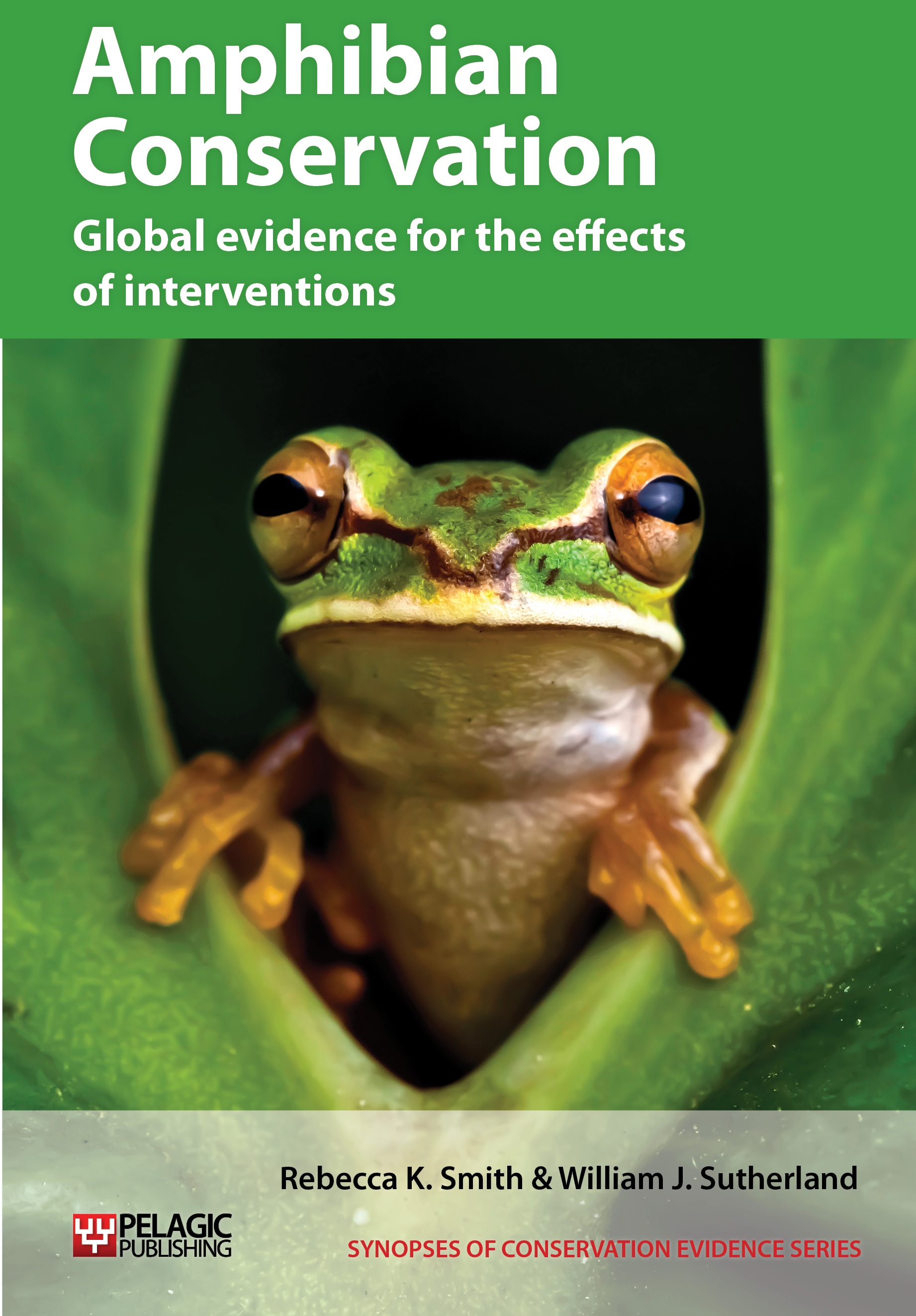Use prescribed fire or modifications to burning regime in grassland
-
Overall effectiveness category Likely to be ineffective or harmful
-
Number of studies: 3
View assessment score
Hide assessment score
How is the evidence assessed?
-
Effectiveness
10% -
Certainty
40% -
Harms
70%
Study locations
Supporting evidence from individual studies
A before-and-after study in 1989–2003 of tallgrass prairie in Kansas, USA (Wilgers et al. 2006) found that rates of species loss were significantly higher during burn years compared to non-burn years (0.04 vs 0.00). However, authors considered that strong conclusions could not be reached because of confounding effects of changes in both burning and grazing. From 1989 to 1998, management was traditional season-long stocking (0.6 cattle/ha) with burning in alternate years. From 1999, management changed to intensive-early cattle stocking (1.0 cattle/ha) for three months from late spring combined with annual burning. Amphibians were surveyed in April annually along a 4 km transect.
Study and other actions testedA replicated, before-and-after study in 1988–2008 of 25 wetlands in grassland and forest reserves in Indiana, USA (Brodman 2010) found that the relative abundance of salamanders declined following prescribed spring, but not autumn or winter burns. There was a significant decline (33–63%) in the abundance of three of four species following spring burns. Open habitat (grassland and savanna) salamanders took two years to recover and abundance often exceeded that before the burn. Declines were not associated with autumn or winter burns and tiger salamander Ambystoma tigrinum and eastern newt Notophthalmus viridescens increased at two sites after an autumn burn. Monitoring was undertaken the year before and after burns. Each site was visited monthly for three months in spring and one in summer or autumn. Visual searches, minnow traps, dipnets and seines were used to survey entire small ponds (< 0.25 ha) and 50 m of adjacent upland habitat, or along transects for larger ponds.
Study and other actions testedA site comparison study in 2006 of cattle pasture in Corrientes, Argentina (Cano & Leynaud 2010) found that amphibian diversity, species richness and abundance was significantly lower following annual prescribed fires. Species richness and abundance was significantly lower with annual prescribed fire with or without grazing (richness: 7–9; abundance: 17–23) compared to sites that had not been burned for three or 12 years (richness: 10; abundance: 46–49). Diversity was significantly lower at the site with annual prescribed fire and grazing (1.3 vs 1.9–2.1). Species composition differed most between the unburned site and that with annual prescribed fire and grazing (Sorensen’s similarity index = 0.58). Only two of 12 species showed significant differences between treatments. The four historic treatments (≥ 400 ha) were: annual prescribed fire (August–September) without or with grazing (3 ha/cattle unit), three years since a prescribed fire, and no fire or grazing for 12 years. Monitoring was undertaken using drift-fencing with pitfall traps in January–April 2006.
Study and other actions tested
Where has this evidence come from?
List of journals searched by synopsis
All the journals searched for all synopses
This Action forms part of the Action Synopsis:
Amphibian Conservation
Amphibian Conservation - Published 2014
Amphibian Synopsis





)_2023.JPG)














